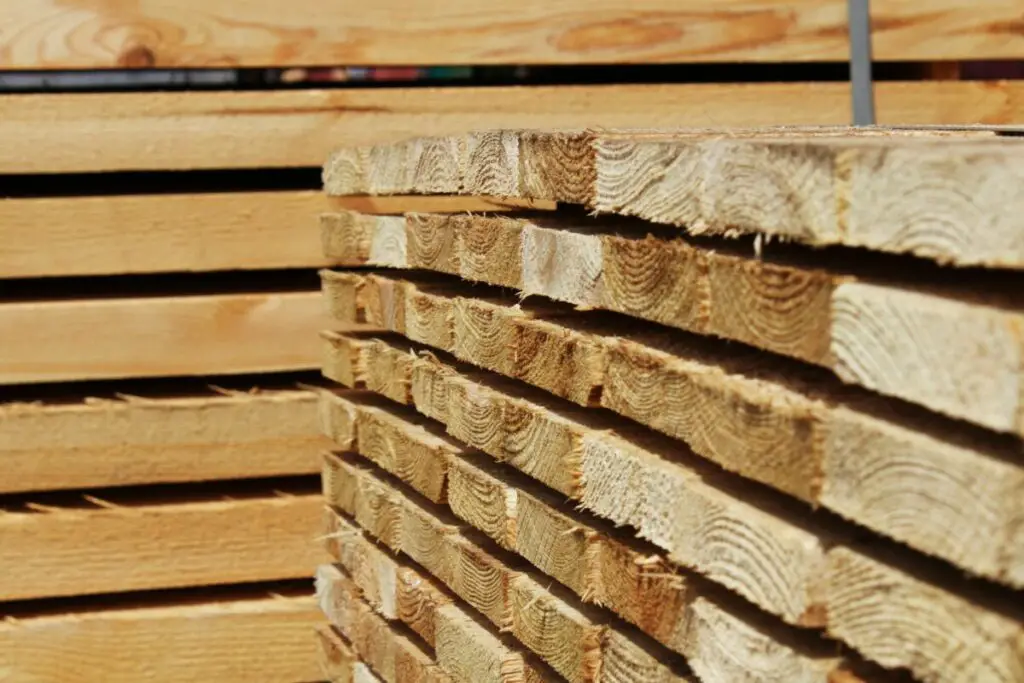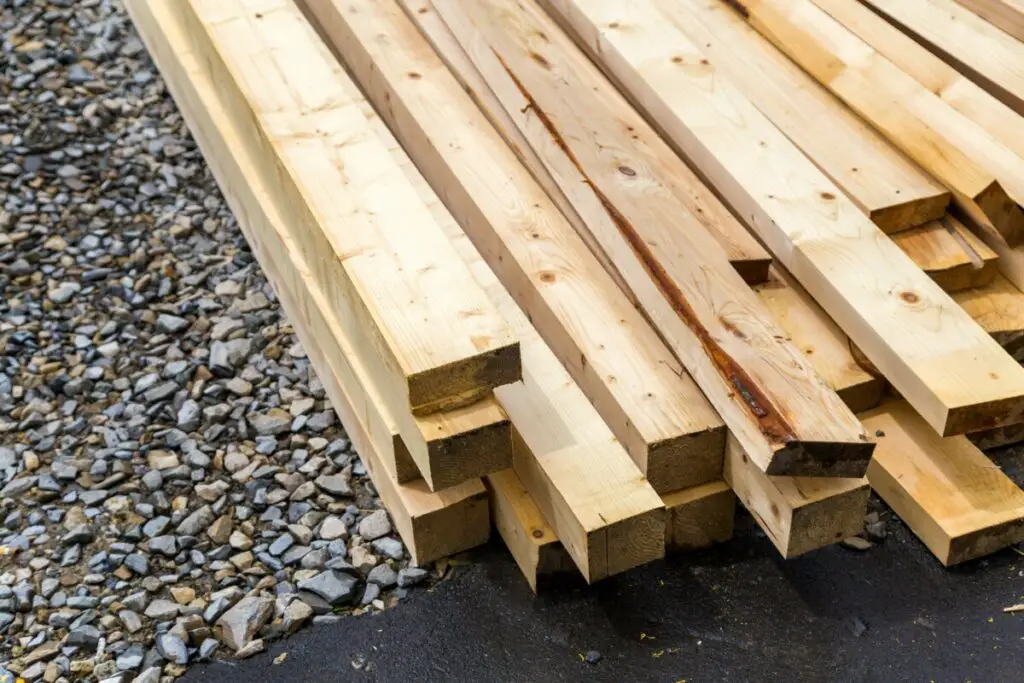When walking into a lumber store, you may have been overwhelmed by the number of options offered. Terms like softwood, hardwood, and grain may have been thrown around, as well as dozens of tree names. After some thought, you’ve decided to choose between three types of wood, but you don’t know which of them is best.
Pine is the most common and most versatile type of softwood. It is cheaper than spruce and fir and offers more varieties. Fir is more expensive but the most reliable of these woods. Spruce specializes in artistic items and musical instruments. Overall, pine is the best of these three kinds of wood.
With so many types of wood, it can be difficult to determine the differences between them. Here is a look at differences in cost, use, and durability, as well as possible applications for each type of wood.
Soft Lumber
One of the first things that you might hear when looking at lumber is that it is either hardwood or softwood. You might be wondering what these two terms mean. While there are some differences between spruce, pine, and fir, they are all considered to be softwoods.
Softwood is a term for lumber that has a softer surface than other types of wood. Typically, softwoods can be damaged by only using your hands. Fingernails and rings can scratch the surface, and the wood can get marred if it is used for flooring or decks. On the other hand, softwoods are lighter and cheaper than hardwoods like oak, maple, or walnut. This is in part due to the fact that hardwood trees grow slower than trees that produce softwood.
While pine, spruce, and fir are all softwoods and overlap in purpose, there are some clear differences between them. Spruce is a specialty wood, pine is the most versatile, and fir is the most durable. Overall, pine is the best type of wood out of these three. Here is a quick chart summarizing each wood’s attributes:
| Spruce | Pine | Fir | |
| Positives | Great for instruments, Used for frames because it grows straight | Cheap Easy to find Variety of Woods | Durable and reliable Stays straight Great for outdoors |
| Negatives | Hard to find Splinters and cracks easily | Can split Can warp because of water | Expensive |
Pine
Pine is the most common softwood found in woodworking projects. Pine has several advantages over other types of softwoods. It is cheaper than most of them, has a better appearance, and has a larger variety of wood. Some types of pine are very soft, similar to spruce woods. Others, like yellow pine, are harder and are comparable to hardwoods.
Most 2-by-4s are made with pine, so there is a good chance that pine makes up the frame of your home. Even in homes that use spruce or fir for the frame will often use pine wood for any exposed areas. This is because pine visually is more interesting than spruce or fir; it has a more varied grain and often has knots and a variety of different colors.
Pine is a great choice for framing or furniture products. Pine can be presented without stain, with stain, or with paint for a variety of different looks. If harder pines, like yellow pine, are used in flooring, they can disguise any signs of wear and last for years.
The biggest downside to pine is it tends to warp and change shape if it gets too wet. For this reason, it is more suitable for interior projects—you probably shouldn’t build a patio or deck furniture with pine.
Spruce
Spruce is one type of softwood that grow throughout the Northern Hemisphere. It has been used in construction and woodworking projects for hundreds of years. However, spruce is among the least versatile softwoods that you could use for your woodworking project.
Spruce is most commonly used for framing projects. It can be used to help frame homes or to build a shipping crate. Spruce is excellent for these uses since it tends to dry straight and is cheaper than many hardwoods. If spruce is chemically treated properly, it can be used for outdoor projects or in areas where the wood may get wet.
Unfortunately, it isn’t the best type of wood for a general woodworking project. It is commonly used in musical instruments because it helps to carry sound well. However, the things that make it good for use in a musical instrument, like its light weight, flexibility, and price, also make it a poor substitute for other types of wood. One user on a forum explained the downsides to using spruce in woodworking by saying, “It splinters easily, tends to have hidden sap pockets, and is very susceptible to changes in temperature and humidity. Besides, it takes stain very poorly.”

Fir
Fir is the final of these three types of wood. Like the previous two, it can be used for framing homes and other buildings. Since all three of these types of wood can be used for this purpose, wood mills will often process and sell them under the title of spruce-pine-fir or SP&F.
Fir has an interesting place in the softwoods. It does some things better than pine or spruce but is less commonly found than them. It can be used for framing furniture and homes. One of its strengths is that it always dries straight, so it can be cut while still green and won’t change its shape. Other woods need to be processed and left to dry for months before they are useful. This also means that it won’t lose its shape if it gets wet, so it can be used for outdoor furniture and other features like decks and fences.
The downside is it is much more expensive than pine. Most projects, unless they specifically require durability, will choose pine over fir. Another issue is its grain. While its straight grain is great for strength and holding its shape, fir isn’t the most visually exciting wood to use for furniture. It will work great, but it won’t look the best.

